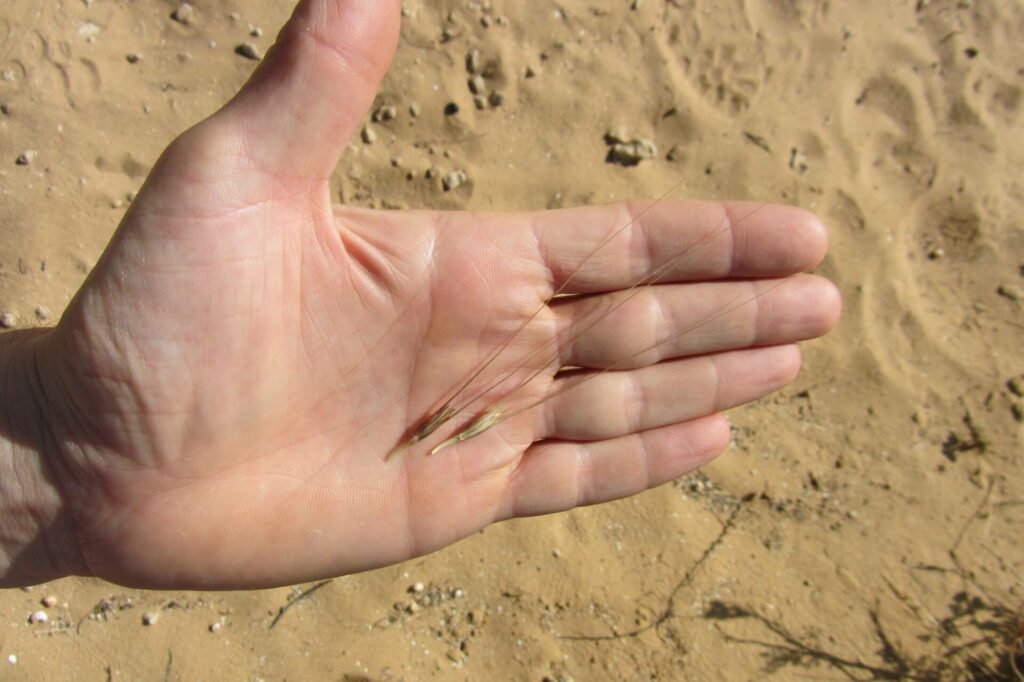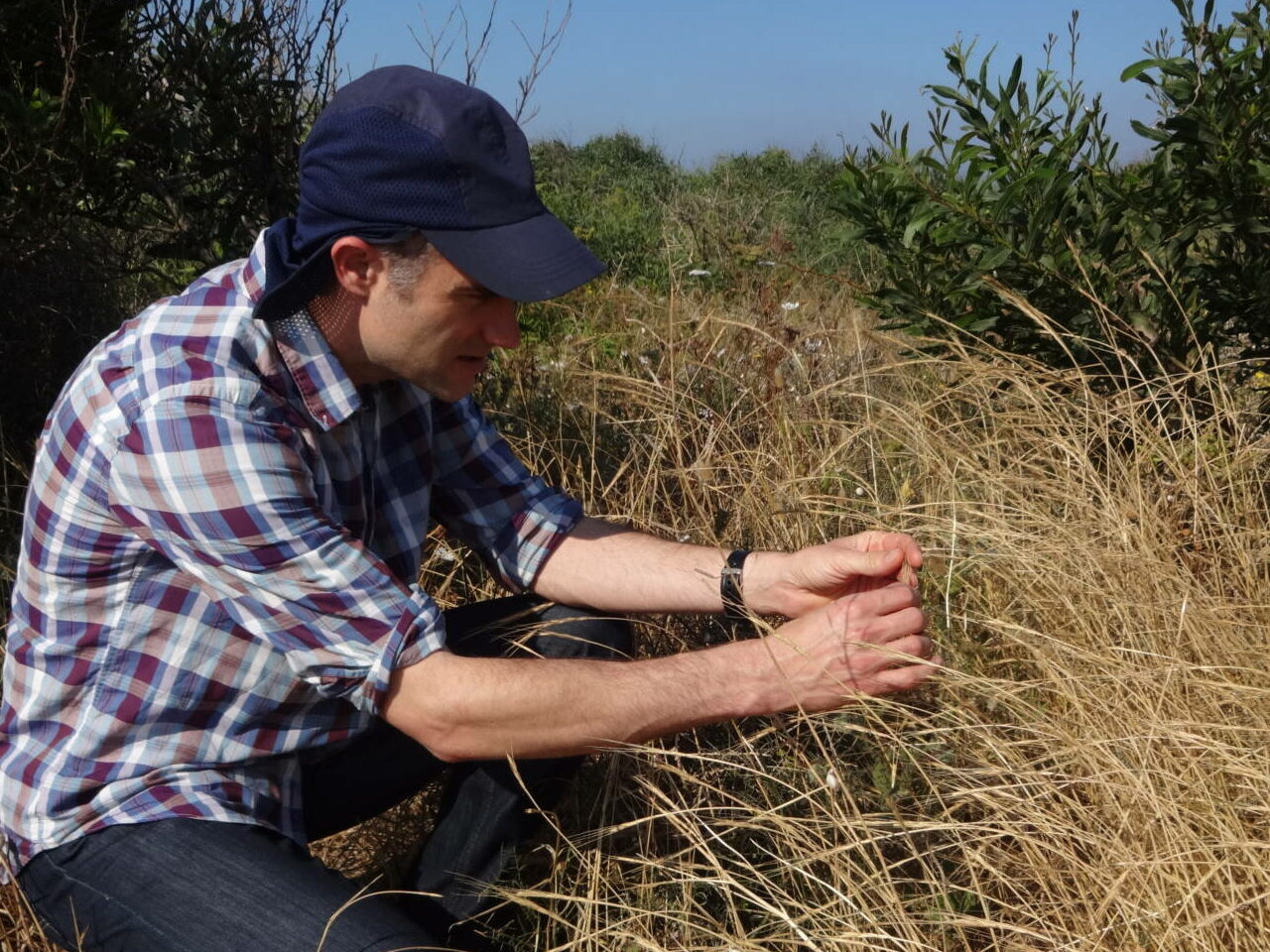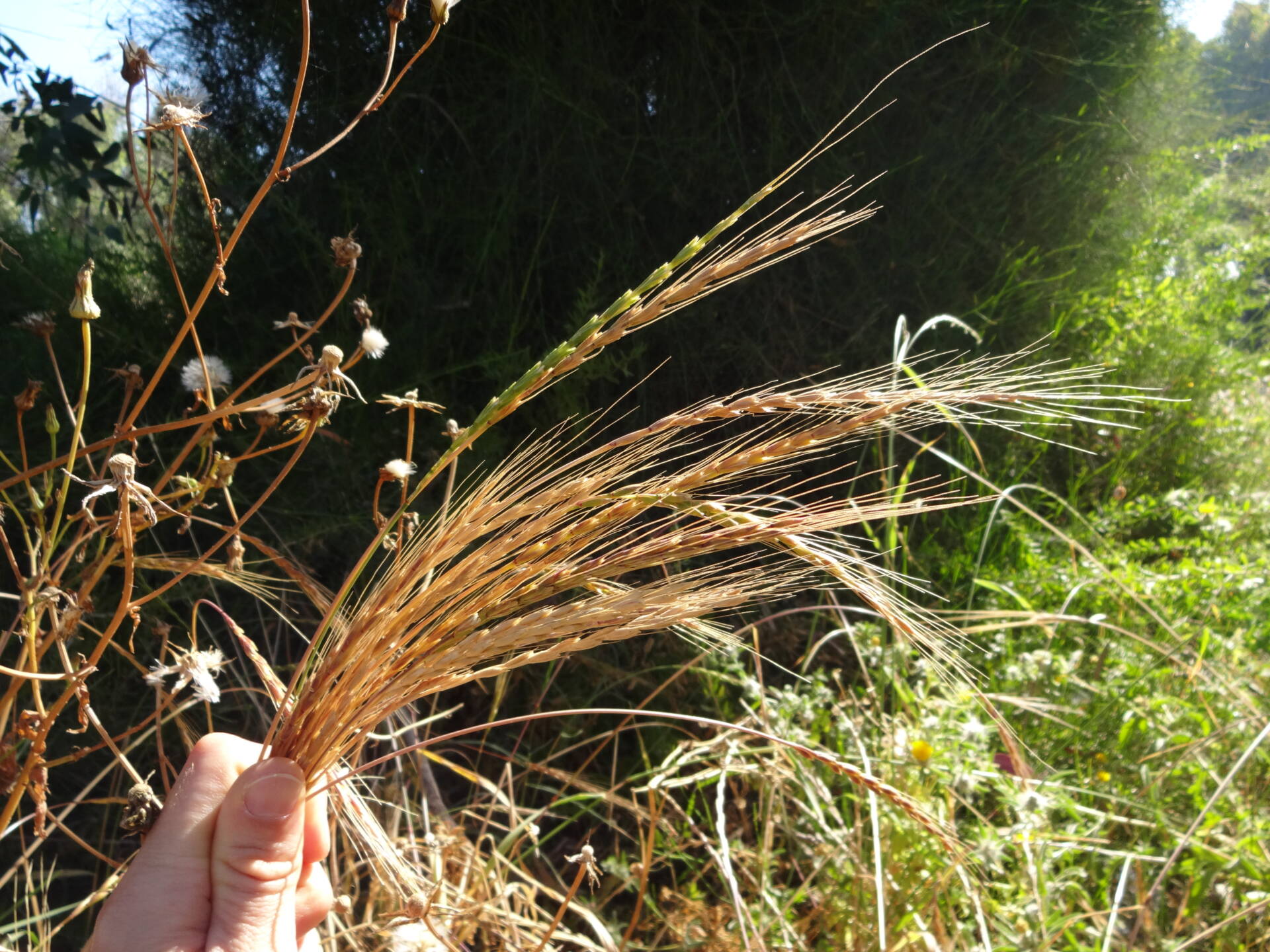Research involving genetics on crop plants is often a painstakingly slow process because most crops have a long generation time — the time it takes to go from seed to seed.
“For a cereal crop, like wheat, this can be from four to seven months, which means the process of developing a new wheat cultivar can take around eight years,” says KAUST plant scientist, Brande Wulff. If the process involves introducing genetic material from a wild wheat relative, then the timeline may be twice or three times as long.
Wulff was recently reminded of the long timelines of his research when he met a former Ph.D. student in a Zoom meeting. Twenty years ago, Pablo Olivera’s Ph.D. project on stem rust resistance in a wild wheat relative laid the foundations for the transfer of the resistance gene into bread wheat, recently reported in Nature Communications, and led by Wulff.
“We inherited the ‘great grandchildren’ (seed) of Pablo’s wild wheat cross in 2010 when I was working in The Sainsbury Lab in Norwich, UK. In 2014 I moved to the John Innes Centre and the project came with me.

Credit: ©KAUST2022; Brian Steffenson
“I joined KAUST in March 2021, when we were in the final stages of compiling and analyzing the data. It has been a project spanning several institutions and nearly two decades.”
Over the past decade, plant breeding has benefited from advances in genome assembly technology, which helps researchers target specific genes and reduce the number of candidate genes in the plant’s genome.
In 2018, Wulff and colleagues published a simple method, known as speed breeding, which has facilitated the halving of the generation time of many crops and their wild relatives. This method is now widely used as a standard for genetic studies because it greatly reduces the time, space and costs required.
Other important advances that have helped accelerate plant breeding and research programs are a sharp fall in the cost of DNA sequence acquisition and improvements in data storage, computing power and bioinformatics.
“We have benefitted from these advances and used them to develop a suite of technologies that accelerate the discovery and cloning of resistance genes in complex plant genomes,” says Wulff.
“More recently, we have been using the natural genetic structures present in wild and domesticated wheat, sequencing the standing genetic variation present in these populations and then using association mapping to correlate genetic fingerprints associated with disease resistance.
“This has allowed us to clone a suite of disease resistance genes without having to conduct a single laboratory-controlled cross.”
“This has allowed us to clone a suite of
disease resistance genes without having to
conduct a single laboratory-controlled cross.”
A challenge for plant breeders has been the opposition to GM crops in many countries. While GM broadacre crops such as soy, maize, cotton and oilseed rape are being grown in many parts of the world, Wulff explains that wheat has lagged behind.
However, the deregulation in 2021 of a transgenic wheat containing a sunflower gene that confers drought tolerance in Argentina and the announcement that this wheat (flour) had also been deregulated in Brazil, could mean that biotech wheat is now commercially viable. Wulff believes that “this massively lowers the barrier for introducing additional GM traits such as for disease resistance.”
“We really need to come together and adopt these technologies around the world. Otherwise, we are fighting the global challenge of food security with one hand tied behind our back.”

Credit: ©KAUST2022; Brian Steffenson

